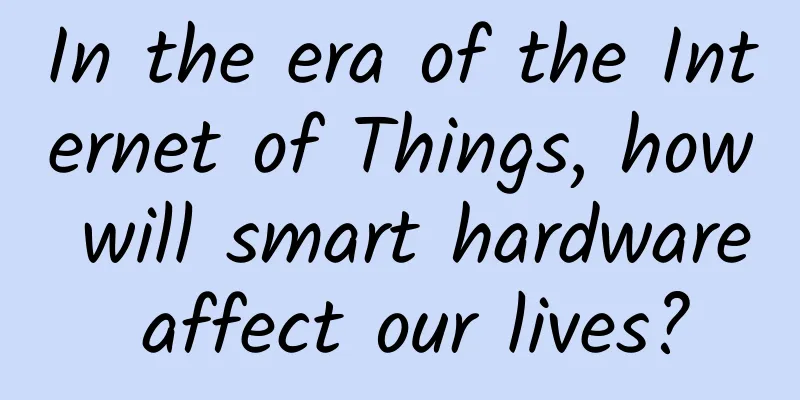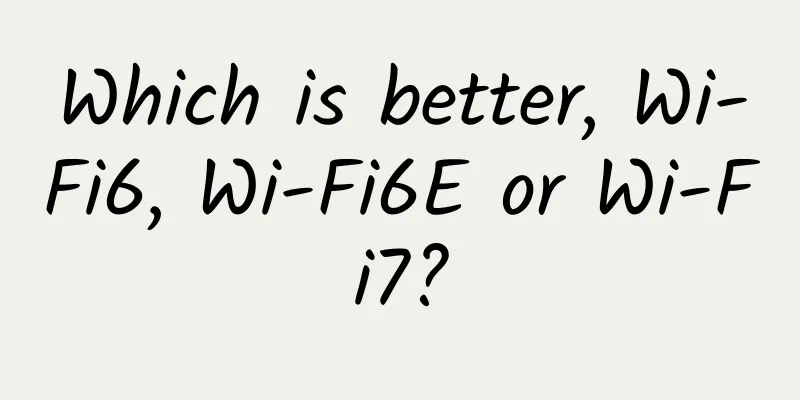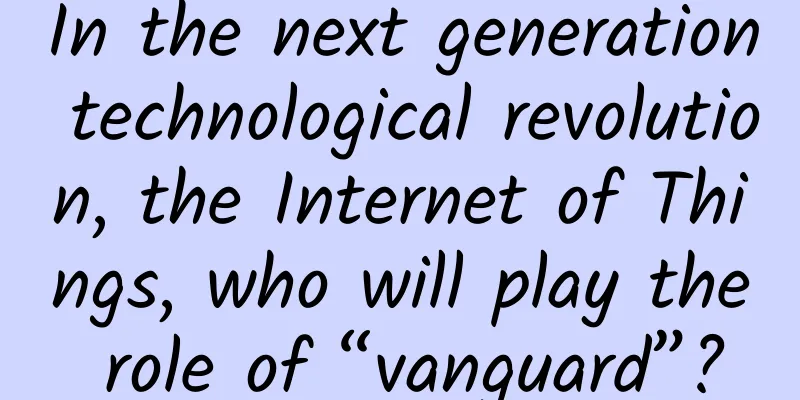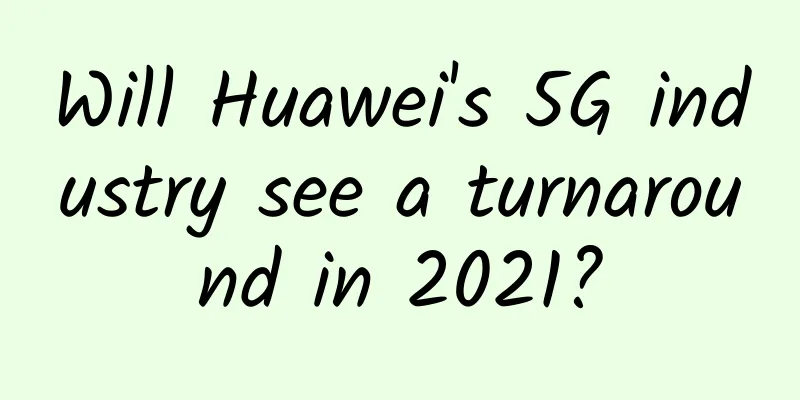It is necessary to draw a clear line between the capital push and capital speculation behind blockchain
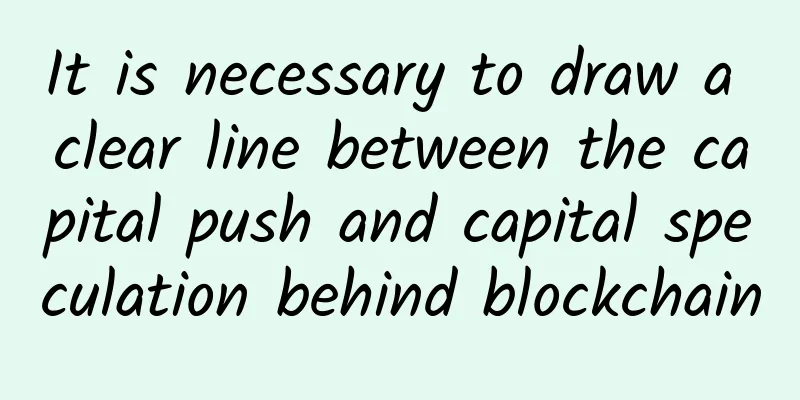
|
In recent days, the most eye-catching and frequently appearing in major media is blockchain. The reason why it has attracted so much attention is not only that it is another leap-forward and subversive technological revolution after steam engines, electricity, and Internet technology, but also that it will once again profoundly change and affect the future life of human beings, just like the huge and profound impact that the Internet technology brought to mankind, and may effectively and thoroughly change the way the entire human society transmits value. The so-called blockchain is a new application model of computer technologies such as distributed data storage, peer-to-peer transmission, consensus mechanism, encryption algorithm, etc. The consensus mechanism is a mathematical algorithm that enables different nodes in the blockchain system to establish trust and obtain rights and interests. It is essentially a decentralized database with high information transparency, openness, autonomy, information immutability and anonymity. Blockchain technology also has four innovations, namely, solving the security problem of account data through distributed ledgers, asymmetric encryption and authorization technology, consensus mechanism, and smart contracts.
Blockchain technology was first applied to Bitcoin as a solution to make databases secure without the need for trust from administrative agencies. Since then, blockchain technology has officially entered the forefront of the world's economic life. As a result, the supervision of "digital currency" with blockchain technology as the core has officially entered the field of vision of monetary regulatory authorities in various countries. However, countries have different attitudes towards the supervision of "digital currency" with blockchain technology as the core. Many countries support it, such as the United States, Germany, Britain, Japan, Canada, France, etc.; and many countries oppose it, such as China, Thailand, Russia, South Korea, the Netherlands, etc. However, the world is generally open to blockchain technology. For example, the European Parliament and the Dubai government expressed support for the new technology in early 2016; South Korea has been carrying out blockchain innovation from top to bottom; Russia's attitude has also changed from tough to moderate; Australia is exploring blockchain technology in many fields; American giants are planning blockchain research and development; the United Kingdom encourages in-depth research on blockchain technology; and China's Blockchain Research Alliance and Blockchain Application Research Center are rapidly emerging. In short, the current global consensus is that if blockchain technology is applied to credit reporting in the financial industry, it can ensure transaction security and information security; and financial data security, information privacy and network security are suitable for distributed blockchain technology. Blockchain can form a point-to-point digital value transfer in finance, thereby improving the security of transmission and transactions, and safeguarding the legitimate rights and interests of both financial institutions and financial consumers. It can be seen that in the fields of finance and so on, blockchain technology has broad application prospects in "digital currency", payment and clearing, smart contracts, financial transactions, Internet finance and many other aspects. According to statistics, in the past three years, venture capital in blockchain has exceeded $1.4 billion. As of the end of April 2017, 455 blockchain and Bitcoin-related companies around the world have received a total of $1.947 billion in financing, of which China received $114 million; a total of 61 companies in China received investment, ranking second in the world. Currently, there are about 150 blockchain start-ups in the country, and 11 blockchain start-ups have received VC investment, with a total investment of about 226 million yuan. However, some undesirable tendencies have also emerged. The most typical and prominent one is that investors have a vague understanding of blockchain, blindly worship it, engage in artificial hype, and confuse real blockchain technology with fake blockchain technology. For example, the blockchain craze is spreading rapidly from overseas markets to China's capital market, and blockchain concept stocks have recently set off a wave of daily limit rises in the secondary market. So far, 15 of the 31 listed companies in the "blockchain concept stocks" sector have seen their stock prices rise by more than 15% from January 7 to January 12, with the highest increase reaching 60%. In order to attract investors’ attention, some institutions deliberately hyped and exploited loopholes in blockchain supervision, labeling themselves as blockchain innovations, deceiving the majority of investors. The so-called blockchain technology of many companies is nothing more than a copy of the current more mature "digital currency" architecture. Some companies do not even really master this most basic part, but in order to catch the heat, keep up with the trend of market value management, and raise stock prices, they all label themselves as blockchain. The regulatory authorities have also been paying attention to the craze caused by blockchain in the capital market, naming some companies that are suspected of taking advantage of the craze and issuing risk warnings to investors. In fact, any technology has two sides: a mature and positive side that is beneficial to society, and an immature and negative side that is detrimental to society. For example, Internet finance, which had just emerged, promoted inclusive finance and improved the efficiency of financial services, but also brought about various chaos that harmed the interests of the people and the stability of the financial industry. At present, blockchain technology is still in the initial stage and exploratory application, and there are still many problems. First, domestic blockchain technology is not mature in terms of underlying protocols, applications and standards, and most of the underlying technologies come from foreign countries, including Hyperledger, Ethereum, Bitcoin technology, etc. In terms of application, domestic companies rarely start from the perspective of application and solving industry problems, and their main exploration is concentrated in the field of "virtual currency". At the same time, there are not many venture capitals in the primary market, and most of them are in the learning stage of "what is blockchain". The secondary market is basically hyped, and many blockchain concept companies are still far from actual application. Second, security threats are the primary problem that blockchain has faced so far. In June 2016, the blockchain project The DAO was hacked due to a vulnerability in its upper-layer smart contract, resulting in the transfer of 3.6 million ethers worth about 60 million US dollars. This incident reflects that blockchain technology as a whole is still in its early stages, and the risks of blockchain technology application platforms need to be paid close attention to. Smart contracts need to find a balance between decentralization and centralization, and development must break through the technical barriers of blockchain. Third, blockchain data is completely open and transparent. If anti-anonymous identity verification technology is developed in the future, it will be possible to see a user's information through password cracking, and to locate and identify some key targets, which will pose a threat to data security and personal privacy. Fourth, there are problems such as insufficient technical strength and backward means in the current supervision. Decentralization means that the subject is unclear, which brings considerable difficulties to supervision. In particular, regulators will face a "huge amount" of data and it is difficult to regulate the transparency of information accurately. In addition, the regulatory gap will make the application of blockchain technology lack the necessary institutional norms and legal protection, increasing market risks. Obviously, blockchain technology is not a "safe" that ensures the absolute safety of the financial industry and other economic activities, nor is it a "panacea" to cure all social and economic chaos. Whether it is an enterprise involved in the research and development and application of blockchain technology, or a large number of investors participating in blockchain industry project investment, they should maintain a cautious and rational attitude. On the one hand, we should maintain an open, inclusive and actively participate attitude, promote the increasing maturity of blockchain technology and the continuous innovation of regulatory systems, enhance the sense of urgency and mission for the promotion and application of blockchain technology, and enhance the foresight and predictability of supervision. We should establish a sandbox supervision mechanism in a timely manner and introduce regulatory laws and regulations in a timely manner, so as to effectively supervise blockchain without damaging the development of blockchain technology, and let blockchain technology continue to enter a healthy development track. On the other hand, we should maintain an objective and rational attitude, strengthen the learning, mastery and application of blockchain technology and knowledge, draw a clear line between the "currency circle" and the "chain circle", and form a correct classification, that is, distinguish blockchain technology from "digital currencies" such as Bitcoin and Litecoin that are based on blockchain technology, distinguish blockchain technology from ICO and IMO, distinguish blockchain technology from Bitcoin mining, and distinguish blockchain capital promotion from capital speculation. We should constantly avoid the adverse factors of blockchain technology that are harmful to normal human economic activities, so that it can become a scientific and technological driving force for promoting human progress and economic and social development. |
<<: New trends: eight directions of development of the Internet of Things industry
Recommend
From UML to SysML: The language journey of describing complex systems
In the vast world of systems engineering, which l...
Sharktech: High-security VPS with 10% off monthly payment and 50% off annual payment, $47.7/year - 2GB/40GB/4TB/Los Angeles and other data centers
Sharktech (also known as Shark Data Center, SK, e...
80VPS newly launched Japan CN2 line VPS, 2G memory package annual payment starts from 330 yuan
80VPS is a long-established Chinese hosting compa...
It is estimated that by 2025, China's 5G users will reach 739 million
In terms of annual mobile data consumption, it is...
Have you used "Online Documents"? It allows multiple people to work together and synchronize content in real time. It's so efficient!
Have you ever encountered a situation at work whe...
The future of wide area networks (WANs) is wireless
Cellular wireless networks are an attractive alte...
U.S. Department of Commerce: Will allow U.S. companies to work with Huawei to develop 5G network standards
[[330263]] In the early morning of June 16th, Bei...
Huawei's Yu Chengdong: This is a truly global mobile Internet cloud service
Normal 0 7.8 磅 0 2 false false false EN-US ZH-CN ...
Keda releases global perception trinocular camera | one device can do three things
In all kinds of safe and bright construction For ...
New "skills" and "higher salaries" - Ruijie launches new service certification products
Recently, Ruijie Networks released two new servic...
How to address network automation risks and tasks
Many network engineers and network administrators...
Some Discussions on the Transmission Network in DCI
Preface The exploration of DCI technology has bee...
Kubernetes uses OkHttp client for network load balancing
During an internal Java service audit, we discove...
Jack Ma: Who you will be in 18 years is decided today
[51CTO.com original article] The World Internet o...
Network performance metrics pose data center challenges
The networking world is known for widespread chan...
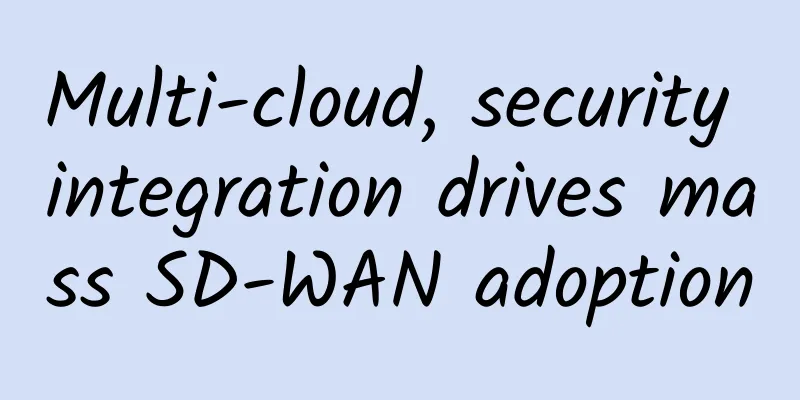
![[11.11]RAKsmart: US servers start from $30/month, Japan/Korea servers start from $59/month, cluster servers start from $109/month](/upload/images/67cabd1fbfac6.webp)

